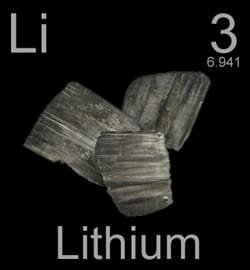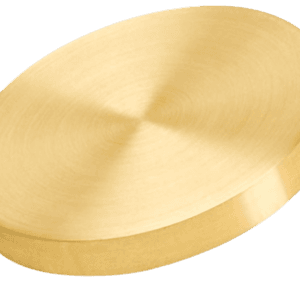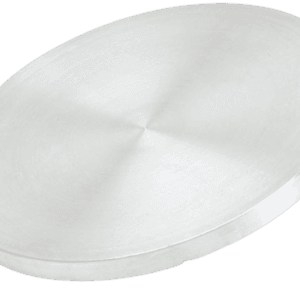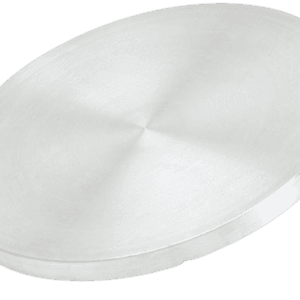Lithium Silicate Sputtering Target Description

The Lithium Silicate Sputtering Target is a black sputtering material composed of lithium (Li), silicon (Si), and oxygen (O). It serves as a conductive ceramic solid electrolyte material, crucial for lithium-ion batteries.
Lithium is a chemical element derived from the Greek word “lithos,” meaning stone. It was first mentioned in 1817 by A. Arfwedson, with isolation accomplished and announced by W. T. Brande. The chemical symbol for lithium is “Li.” It has an atomic number of 3 and is located in Period 2, Group 1 of the periodic table, belonging to the s-block. The relative atomic mass of lithium is 6.941(2) Dalton, with the number in parentheses indicating the uncertainty.Related: Lithium Sputtering Target
![]() Silicon is a chemical element that originated from the Latin word ‘silex’ or ‘silicis’, meaning flint. It was first mentioned in 1824 by J. Berzelius, who also accomplished its isolation. The canonical chemical symbol for silicon is “Si.” It has an atomic number of 14, is located in Period 3 and Group 14 of the periodic table, and belongs to the p-block. The relative atomic mass of silicon is 28.0855(3) Dalton, with the number in brackets indicating the uncertainty.
Silicon is a chemical element that originated from the Latin word ‘silex’ or ‘silicis’, meaning flint. It was first mentioned in 1824 by J. Berzelius, who also accomplished its isolation. The canonical chemical symbol for silicon is “Si.” It has an atomic number of 14, is located in Period 3 and Group 14 of the periodic table, and belongs to the p-block. The relative atomic mass of silicon is 28.0855(3) Dalton, with the number in brackets indicating the uncertainty.
Lithium Silicate Sputtering Target Specification
| Material Type | Lithium Silicate |
| Symbol | Li4SiO4 |
| Color/Appearance | White Solid |
| Melting Point | 1,256 °C |
| Available Sizes | Dia.: 2.0″, 3.0″, 4.0″, 5.0″, 6.0″ Thick: 0.125″, 0.250″ |
Lithium Silicate Sputtering Target Packaging
Our Lithium Silicate Sputtering Targets are clearly tagged and labeled externally to ensure efficient identification and quality control. We take great care to prevent any damage during storage and transportation, preserving the quality of our products in their original condition.





Reviews
There are no reviews yet.